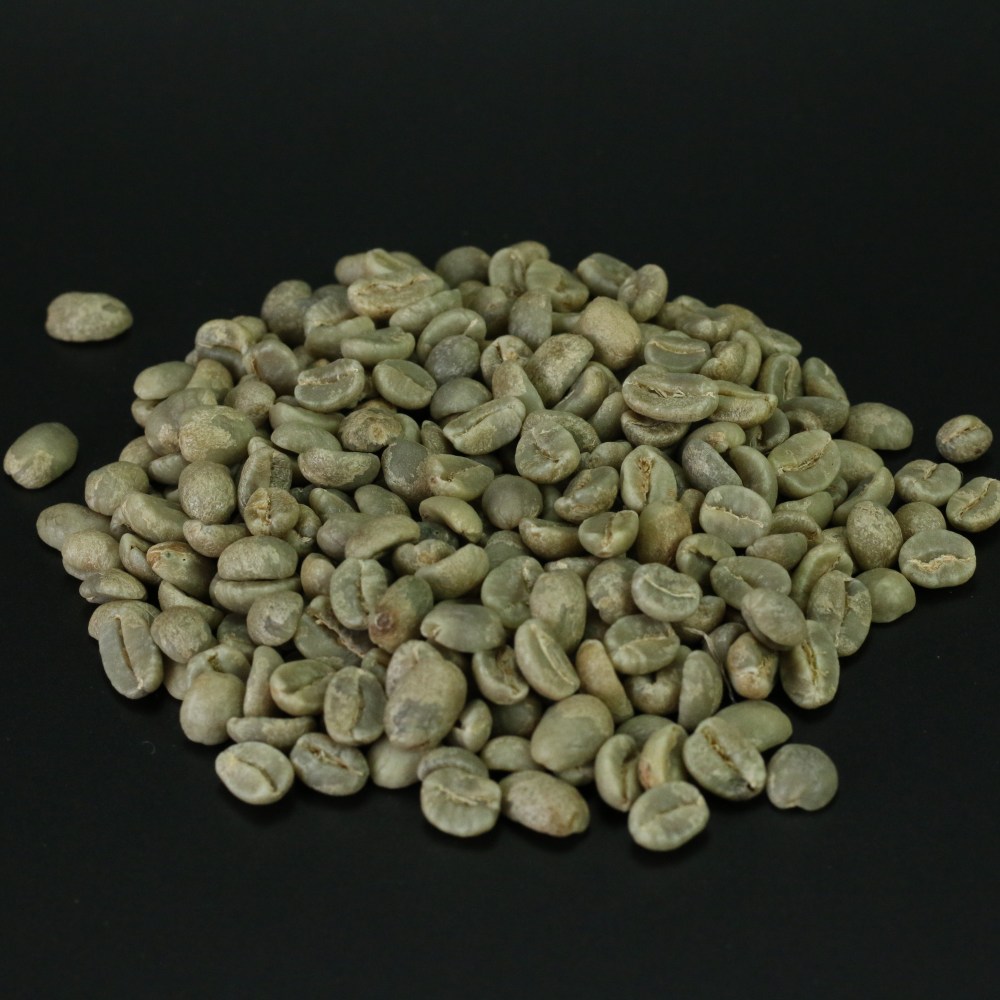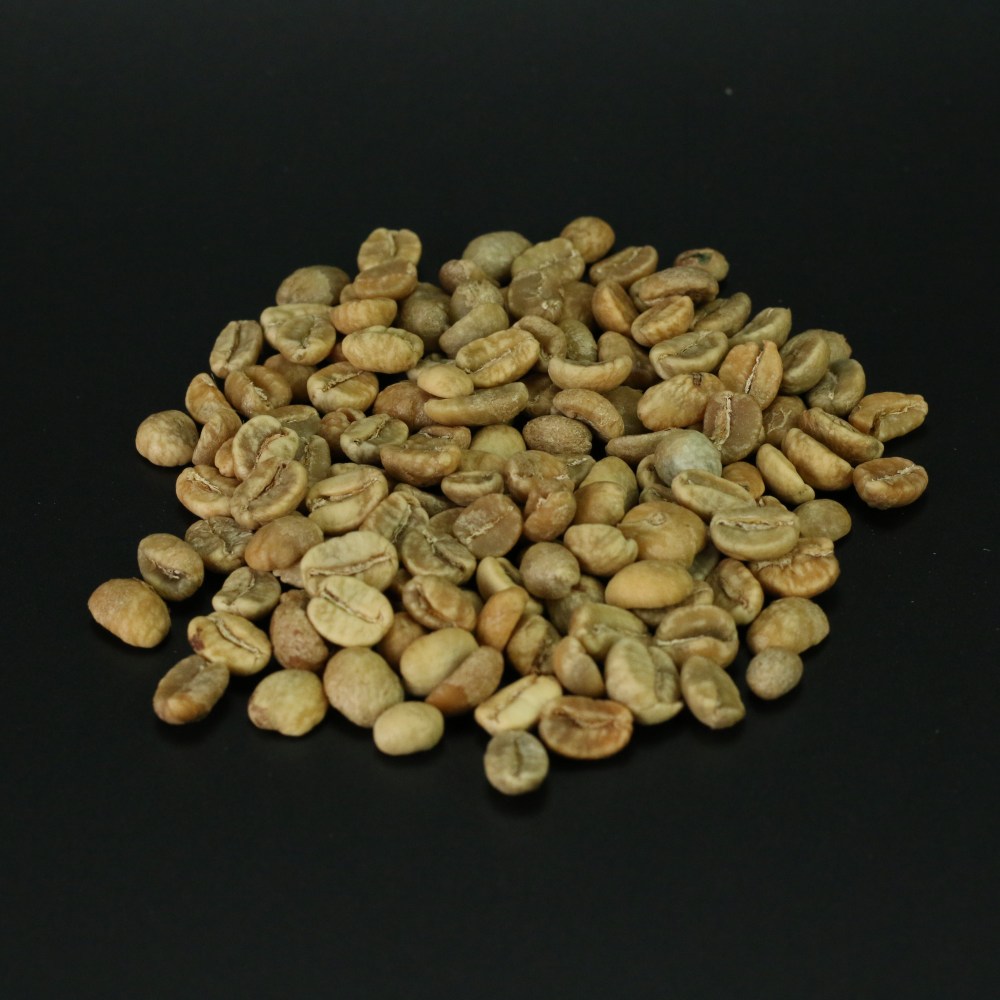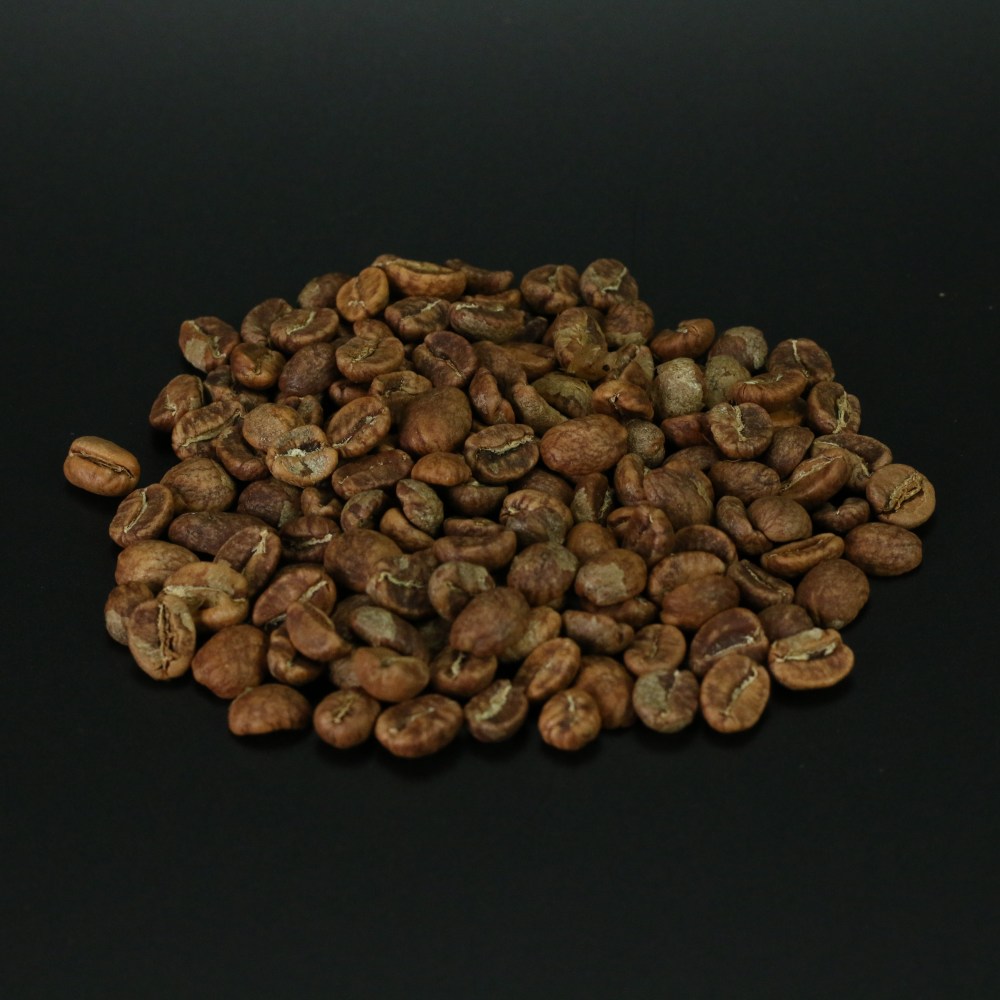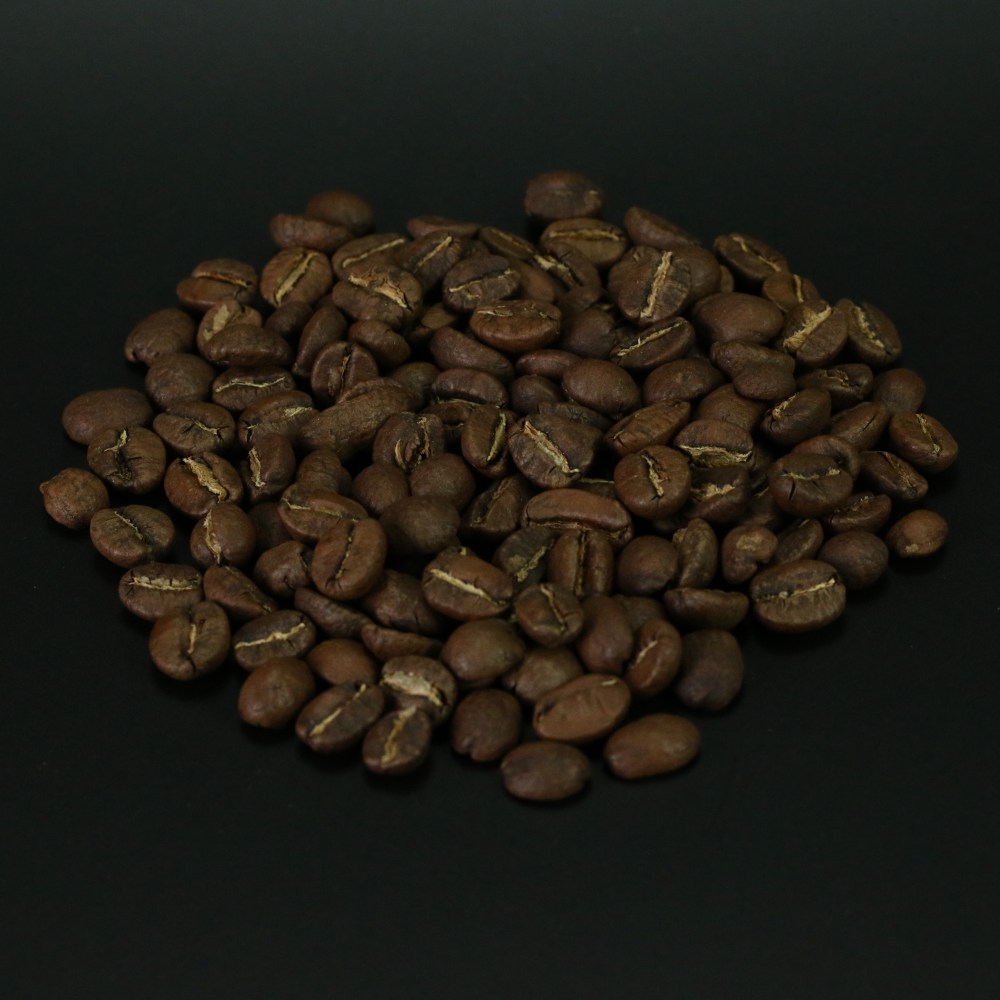Coffee Roasting: the colour change
Throughout the process of roasting coffee the beans go through numerous chemical and physical changes. In this post we’re going to delve into the colour changes which occur from green bean to the final roasted product.
You can also watch our latest video on this topic! Why not subscribe to our YouTube channel to make sure you keep up to date with our latest posts!
The Green Beans
Roasting time 0:00
An amazing roasted coffee begins with amazing green coffee beans! We purchase specialty grade coffee which is free from, or has minimal defects, allowing us to roast lighter. With coffee beans of this quality we want the origin flavour and character to come to the fore.

There is a lot we need to know about these coffee beans before we begin to roast them. This includes the varietal, the processing, the altitude they were grown at, their size, their density and their moisture content. We also need to decide on their intended use (espresso or brewed coffee) as this will influence the roast profile we apply to them.
If you look carefully in the above photo you can make out a ‘silver skin’ on the beans. Later in the roast, as the beans expand, this silverskin will be shed and we’ll collect it for use in a local garden. The industry term for this thin, silvery material is ‘chaff’.
The Drying Phase
Roasting time 3:00
Before a coffee bean can change colour it needs to shed some of its moisture. This is pretty much true when cooking any item. Think about browning onions, for example; they need to shed their moisture before they begin to brown.

This is a critical phase in the roasting process. We need to take it slow enough to begin drying the beans but at the same time we need enough energy early on to penetrate these dense seeds. Get this stage wrong and it affects the rest of the roast and the final product.
Visually the beans haven’t changed a lot although the colour is somewhat brighter and of a more olive tone.
Early Yellow
Roasting time 5:00
Another critical stage in the roasting process which we call ‘early yellow’. The coffee has now dried enough to start browning and from this point, to the end of the roast, we are in what is known as the Maillard or browning phase.

The Maillard reaction is exactly the same process which occurs when you roast meat. It adds sweetness to the product, aromatics, complexity and depth of flavour.
Tan
Roast time 7:00
The beans are now starting to take on more of a brown colour. There is some expansion of the beans but this is still not obvious. The mottled effect on their outer surface is becoming more apparent.

Caramelisation is now beginning to occur and will continue until the end of the roast. This process can add aromatics to the coffee but will also reduce sweetness and increase bitterness.
Brown
Roasting time 8:30
Although the beans are now taking on a more familiar brown colour, they also look a little strange! The mottled texture is much more obvious and the silverskin is still clearly visible on many of the beans.

Up to this point there have been chemical changes within the beans which have produced both carbon dioxide and steam. The density of the coffee beans has trapped these gases inside but that is about to change . . .
First crack
Roasting time 8:56
First crack is the term we use to describe the stage at which the pressure build up inside the beans is too great and the gases are expelled, creating popping noises in the roaster (you can listen below).

Throughout the roast we will have been managing the energy applied to the beans which is critical as we enter first crack. The beans themselves can actually add energy to the roast at this stage and we can risk the roast progressing too quickly. Similarly if we have been too cautious we can cause the roast to stall.
Middle of First Crack
Roasting time 9:40
By now there is an obvious expansion of the coffee beans, the surface is becoming less mottled and much of the silverskin has disappeared.

It is critical that our coffee is roasted evenly throughout and this period after first crack is about manipulating the acidity and sweetness balance, but also making sure the roast is even.
End of Roast
Roasting time 11:13
We will be watching the roast very carefully at this stage, using feedback from temperature probes within the roaster, but also visual cues in terms of how the beans look.

At the end of the roast the beans are ‘dropped’ out of the drum into a cooling tray. We force cold air through the cooling tray to reduce the temperature of the coffee as quickly as possible.
Second Crack and Beyond
It is possible to continue to roast coffee beyond this point. The beans will take on an ever darker colour and they will expand more until the surfaces become very smooth.
Second crack is the next stage in roasting. The sound is more of a ‘crack’ with carbon dioxide and oils being released. As second crack progresses the coffee takes on more character of the roast, with what we call ‘roasty’ flavours. Beyond second crack the beans take on a burnt, carbonised flavour.
The purpose of buying specialty coffee is to bring the origin character and flavour to the fore, combined with some roast caramelisation. There is a point in the process where the flavour and character of the roast begins to dominate, reducing the influence of origin. The darker or longer the roast the more dominant the roast character becomes.
It is worth noting that some coffees need a darker roast, indeed they taste much better if roasted into and beyond second crack. Where the quality of the green beans is lower, more defects are apparent in the cup. By allowing the roast character to dominate, the impact of these defects is largely removed
Our roast philosophy has been to finish roasting where the origin character and flavours are apparent within a balanced coffee, which is neither dominated by acidity nor bitterness.
